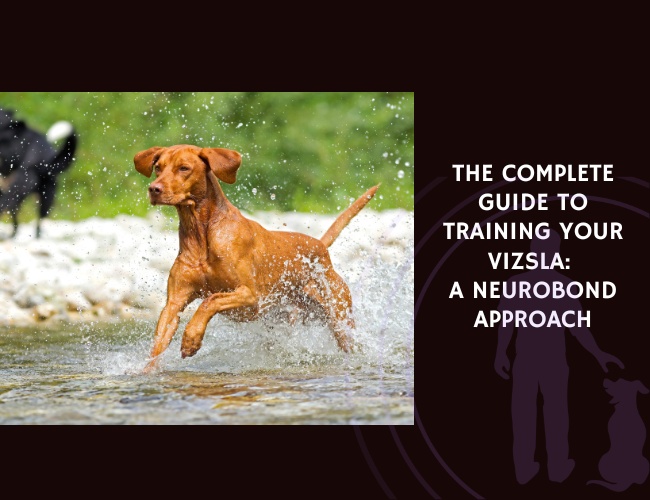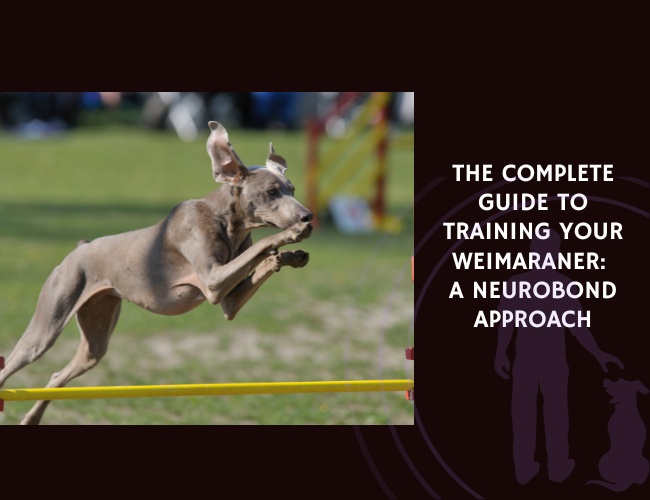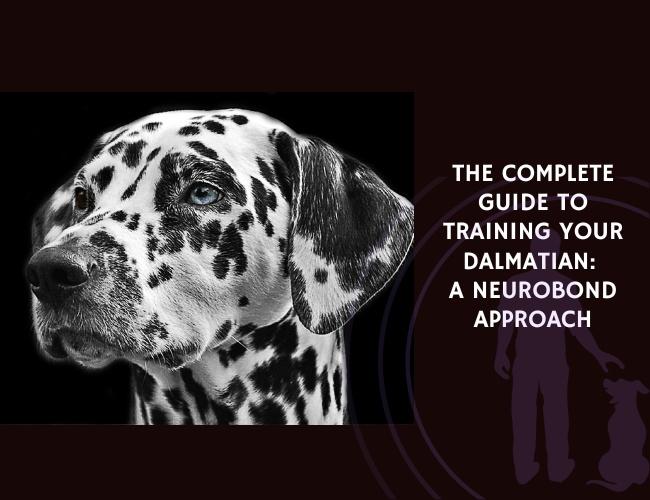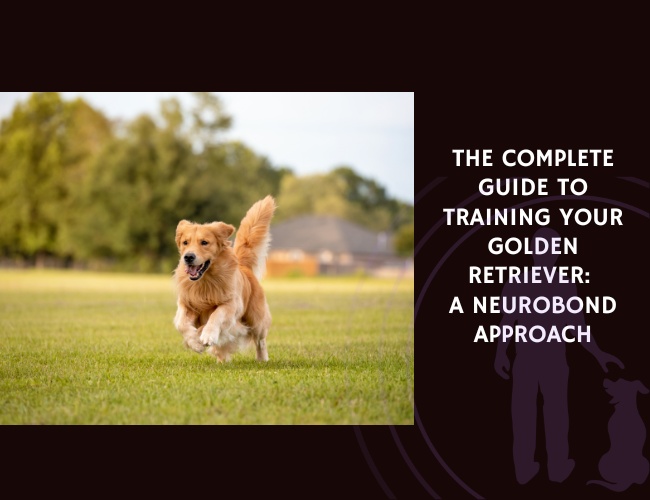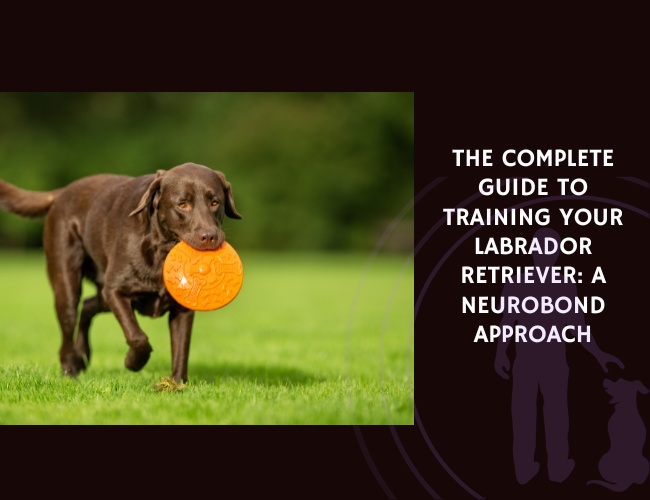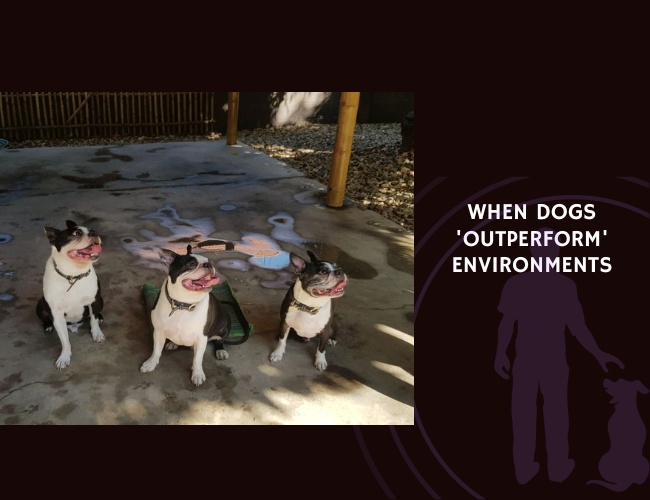Understanding Puppy Zoomies: What Are FRAPs?
What Are Zoomies? The FRAPs Explained
If you’ve ever watched a puppy suddenly start darting around the room, spinning, leaping, and barking with unstoppable glee, you’ve witnessed the “zoomies.” Officially called Frenetic Random Activity Periods (FRAPs), these bursts are a common part of growing up for dogs. FRAPs are sudden, seemingly random episodes of high-energy activity where your puppy dashes from place to place, does quick spins, leaps into the air, and may even bark with delight. Their movements might seem chaotic, but there’s real purpose behind the fun – and it’s perfectly normal puppy behavior! 🐾
Typical Characteristics of Zoomies
Zoomies can look a little wild, but there are some patterns you can expect:
- Short, intense bursts of running – often in circles or figure-eights.
- Quick spins and leaps, either on their own or directed at toys.
- Excited barking, yipping, or playful nipping.
- A joyful and alert expression, with a loose, wiggly body.
These activities aren’t random. They help puppies expend built-up energy and get a quick release from stress, while also practicing movements essential for healthy development.
Rooted in Canine Evolution
FRAPs aren’t just puppy silliness; their roots go way back in canine history. Ethologists (scientists who study animal behavior) believe that these quick bursts mimic the chase and capture behaviors of wild canines during the hunt. This evolutionary link helps explain why today’s puppies act with such sudden enthusiasm – it’s hardwired into their nature to help with survival, even if your living room isn’t a forest!
Normal and Necessary Development
Zoomies appear most often in puppies and young dogs. This high-energy play is vital. It helps puppies develop strength, coordination, and social skills. These play sessions are also a natural way for puppies to cope with excitement or the need for exercise. As they grow, most dogs have fewer intense FRAPs, but an occasional burst of joy can happen at any age.
It’s always a treat to see a happy puppy sprinting around, giving their all! Understanding why FRAPs happen makes it easier to embrace these fun moments.
The Science Behind the Sprint: Why Puppies Get Zoomies
The Wild Roots of Puppy Zoomies
Ever seen your puppy suddenly launch into full-speed laps around the living room? You’re witnessing behavior deeply rooted in canine history! Zoomies, known as Frenetic Random Activity Periods (FRAPs), can be traced back to the natural instincts of wild canines. In the wild, bursts of energy were part of the chase—a way to catch prey or practice survival skills. So, when your puppy darts, spins, and leaps for joy, it’s echoing the same playful chase seen in wolves and foxes long ago. While your living room isn’t exactly a forest, the need to run wildly is written into your puppy’s DNA. 🐾
How the Brain Gets Pumped Up
Let’s take a quick look at what’s happening inside your puppy’s brain during a zoomie sprint. The magic comes from a mix of arousal, reward, and motor control processes. Think of zoomies as your pup’s built-in system for releasing energy:
- Arousal system: When your puppy gets excited—perhaps after a nap or a fun play session—arousal levels in the brain rise.
- Reward center: The brain releases feel-good chemicals like dopamine, making running and leaping feel awesome.
- Motor control: Nerve signals zip through, coordinating all that wild movement.
All these elements work together to create that sudden, unstoppable burst of activity. It’s your puppy’s way of celebrating being alive and energetic!
Why Some Pups Zoom More Than Others
Not all puppies experience zoomies in the same way. How often and how intensely a pup gets zoomies depends on age and breed. Young puppies, especially during growth spurts, get zoomies most often—they simply have more energy to burn! High-energy breeds like border collies or Jack Russell terriers tend to have more frequent and intense episodes. Calmer breeds often zoom less, but no puppy is completely immune.
Understanding the science behind zoomies helps us appreciate why these crazy runs are a normal, joyful part of puppyhood. Being aware of these factors ensures we can support our furry friends as they play, learn, and grow.
Beneficial Functions of Zoomies in Puppy Development
Play, Stress Relief, and Emotional Regulation
Zoomies, or Frenetic Random Activity Periods (FRAPs), are far more than just bursts of energy—they serve important purposes in your puppy’s development. When puppies dash, spin, and leap around, they are not only playing but also releasing built-up energy and tension. This high-energy play acts as a safe and natural form of stress relief, helping puppies manage the excitement and challenges they encounter throughout their day. Just like children need recess, puppies need zoomies for emotional balance. This behavior helps puppies regulate their feelings, process arousal, and bounce back from stimulating or stressful situations, making them more resilient overall.
Shaping the Brain: Neural Patterning and Motor Coordination
These playful sprints are also essential for shaping the puppy’s brain and body. FRAPs help build and refine neural pathways, which are crucial for learning coordination and movement. Each twist and turn during a zoomie session strengthens connections in the nervous system, allowing your puppy to master skills like turning, jumping, and stopping quickly. Over time, this develops better balance, sharper reflexes, and more confident movements, paving the way for healthy physical growth and seamless adaptation to new environments.
Tied to Nature: Circadian Rhythms and Environmental Triggers
It’s fascinating to see that zoomies are often linked to a puppy’s internal clock and external cues. You’ll likely notice zoomies after periods of rest, such as when your puppy wakes up in the morning or after a nap. Exciting events—like seeing a favorite person come home—can also spark these high-energy episodes. This pattern suggests zoomies might help puppies reset after downtime or process excitement, reinforcing the close connection between natural biological rhythms and active play.
Zoomies bring joy to puppies and owners alike, while also playing a key role in shaping well-adjusted, healthy dogs. 😊
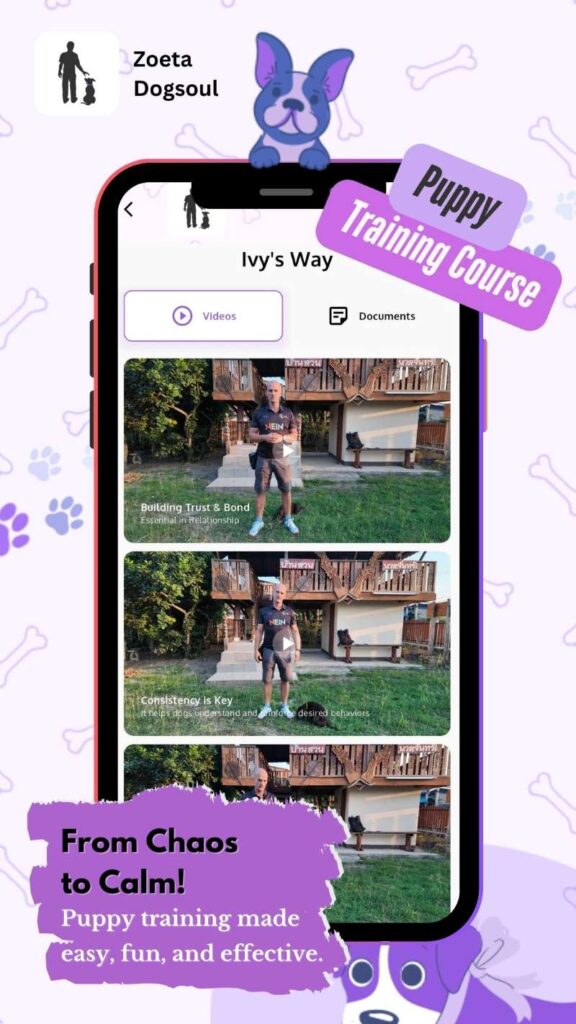
When to Worry: Distinguishing Normal Zoomies from Stress Signals
Joyful Play or Something More?
Most puppy zoomies—those energetic blasts of running, spinning, and barking—are just part of growing up. Usually, these bouts are short, fun, and leave your pup content and relaxed after. You might notice your puppy doing a few crazy laps, then plopping down to rest or chew a favorite toy. As a pet parent, it’s important to recognize this as healthy, playful behavior rooted in dogs’ natural instincts.
However, not all zoomies are created equal. The context of zoomie episodes matters! Joyful play typically shows up as:
- Brief, random bursts with relaxed posture
- Pauses between activity for sniffing, stretching, or checking in with you
- Play bows, wagging tails, and “smiley” faces 😊
Zoomies that cross the line into stress or anxiety look different and can be concerning.
Warning Signs: When Zoomies Signal Stress
While zoomies are usually normal, there are moments to pay closer attention:
- Excessive duration: Zoomies that last several minutes non-stop, especially if they happen frequently, may mean your puppy is overstimulated or unable to settle.
- High intensity: If your puppy seems frantic or out of control, colliding with furniture or showing no interest in rest, this could signal a problem.
- Anxious body language: Watch for panting, trembling, ears pinned back, wide eyes, or hiding right after the zoomies end. These are signs your puppy might be experiencing stress, frustration, or anxiety, not playful excitement.
If you notice these warning signs, take a step back and consider what else could be going on in your puppy’s day.
Environmental Factors That Can Intensify Zoomies
Your puppy’s environment plays a big part in how often and how intensely zoomies strike. Common factors that may trigger or amplify stressful zoomies include:
- Lack of exercise or playtime during the day
- Too much confinement or time alone
- Unfamiliar sounds, people, or disruptions to routine
On the flip side, a calm, predictable routine with play and rest opportunities helps keep zoomie energy at happy, manageable levels.
By reading your puppy’s signals and tailoring their environment, you stay ahead of problem behaviors and support healthy growth. If zoomies feel frequent or worrying, adjusting the home setup and daily routine is often the first helpful step.
Creating a Zoomie-Friendly Environment at Home
Setting up your home for a zoomie-prone puppy can turn wild moments into safe, joyful ones—both for your furry friend and your family 😊. Let’s look at supportive ways to create an environment that reduces risks and channels your pup’s energy in healthy directions.
Safety Comes First
When a puppy gets the zoomies, they run, spin, leap, and bark with little thought for obstacles in their way. To minimize accident risks:
- Choose floors that offer traction, like carpet or rubber mats, to help prevent slips and falls.
- Remove or secure loose rugs, since they can slide easily under running paws.
- Store breakable items and sharp objects out of your puppy’s reach.
- Use baby gates to block off stairs or unsafe rooms.
A safe play space helps everyone feel at ease, even during the most exuberant Frenetic Random Activity Periods (FRAPs).
Designate an Energy Zone
Puppies love routine and clear boundaries. By setting up a specific area where your puppy can let loose, you reduce stress for everyone:
- Pick a space with enough room for dashing and turning—think a living room corner or a fenced backyard.
- Use barriers to create a secure zone, especially in multi-pet households or with young children around.
- Add soft bedding on the edges for crash landings, and make sure there are no hidden hazards.
A clearly defined energy zone teaches your puppy where high-speed play is welcome.
Toys That Make a Difference
Not all toys are equal when it comes to channeling zoomie energy constructively. Consider these options:
- Soft plushies for gentle wrestling and carrying around.
- Durable balls and tug toys for more interactive play—encouraging chase and tug-of-war games in their energy zone.
- Puzzle feeders, which keep your puppy’s mind busy if they need to wind down after a burst of action.
Rotating toys regularly keeps your puppy interested and prevents boredom, further reducing the intensity of zoomies.
By focusing on safety and structured play spaces, you support your pup’s development while making energetic episodes enjoyable for everyone. As you get comfortable with these changes, you’ll feel more relaxed and confident, even when paws start flying!
Behavioral Redirection Techniques for Indoor Zoomies
Every puppy parent knows those wild, energetic “zoomie” moments! When your puppy starts dashing through the house, it’s both adorable and a bit chaotic. The key is guiding that excitement to safe, fun spots without stifling their natural zest for life. Here’s how you can help your puppy enjoy their zoomies indoors—without the stress. 🐾
Guiding Puppy Energy to Safe Zones
Setting the stage for safe puppy play is essential. When you spot the early signs of zoomies—wide eyes, bursts of running, happy spins—try leading your puppy to a “zoomie zone.” This should be a clear, safe space such as a hallway with no breakables or a room with rugs to prevent slips. If your puppy begins zooming in an unsafe spot, call them to the designated area using an upbeat voice or a favorite toy. Over time, your puppy will learn where it’s safe and fun to go wild!
Zoomies. Explained.
Those wild puppy sprints have a purpose.
Zoomies—technically called FRAPs—aren’t random chaos. They help puppies release energy, build coordination, and regulate emotions.
It’s play, but it’s primal.
From brain development to stress relief, these bursts are rooted in biology. Even your living room becomes a training ground for growth.

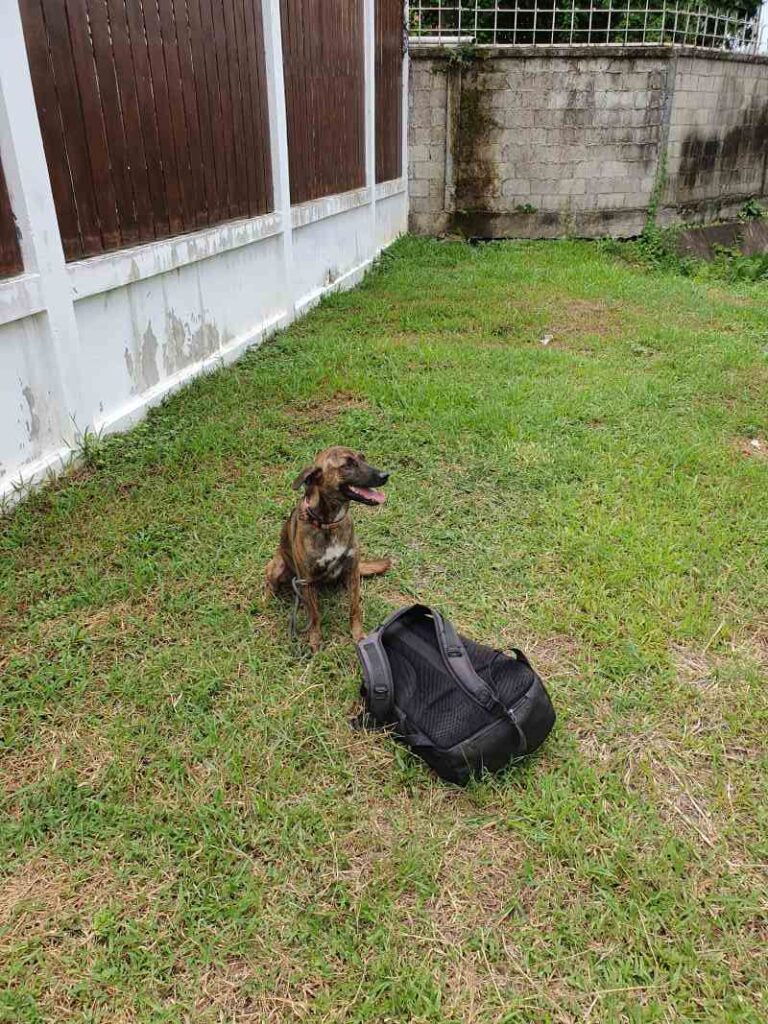
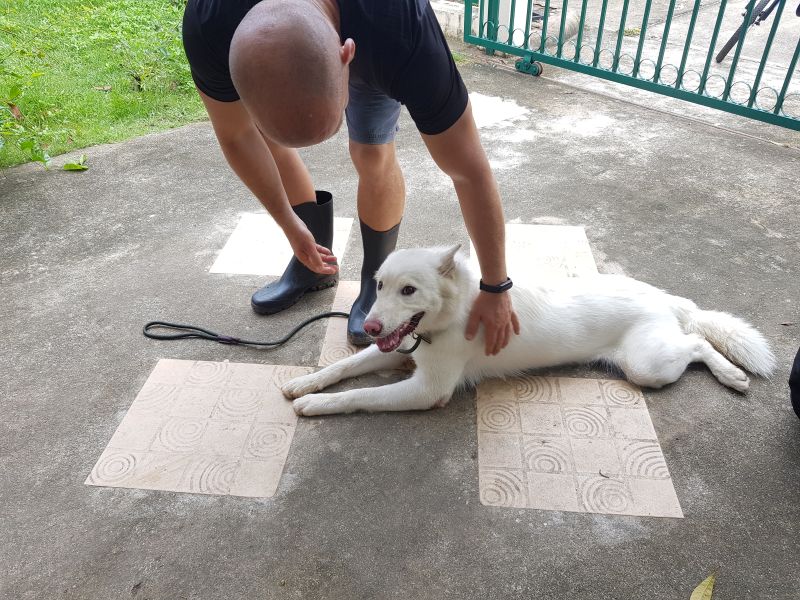
This guide breaks it down.
Learn what zoomies mean, when they’re normal, and how to support your pup—safely, calmly, and with expert-backed strategies.
Channeling Excitement with Engaging Play
Redirecting zoomie energy into structured play makes things enjoyable for everyone. Try these interactive strategies:
- Use tug or fetch games to focus their energy in one spot
- Scatter kibble in a snuffle mat for a “hunt” experience
- Switch things up with soft balls or plush toys—let your puppy chase and pounce safely
- Rotate toys often, keeping playtime fresh and exciting
Encourage play in the zoomie zone, rewarding your puppy’s good choices. This channels excitement into a safe routine and builds positive habits.
Calming Cues and Managing Intensity
Sometimes zoomies can get a little too intense. To help your puppy dial it down, use calm, gentle cues:
- Speak in a soft, soothing voice
- Use cue words like “settle” or “easy,” pairing them with slow petting
- Reward calm pauses with a treat or gentle praise
- Offer a cozy spot like a crate or soft bed where your puppy can relax after play
Patience and consistency are key. Puppies respond well to reassuring routines and loving cues.
With the right techniques, you’ll foster a happy, energetic pup who knows when and where zoomies are welcome. As your puppy grows, new routines can help channel that high energy—making life joyful for both of you.
Establishing Daily Routines to Manage Energy Levels
Creating a daily routine for your puppy is key to making zoomie times both joyful and manageable. Consistency not only helps regulate your puppy’s energy but also builds trust and calmness within your home. Let’s explore how a structured approach can set everyone up for success! 🐾
Building a Balanced Schedule
A great routine includes blocks for exercise, play, and rest. Puppies thrive on predictability, so try to keep wake-up, meal times, and bedtime consistent every day.
- Set specific times for meals, walks, and play sessions
- Schedule regular nap or quiet times in between active periods
- Observe natural energy spikes, such as after waking up or eating, and plan playtime around them
Consistency teaches your puppy when to go full-speed—and when to wind down.
Mixing Physical Activity with Mental Stimulation
Physical exercise is important, but so is mental engagement! A combination keeps zoomies in check while helping your pup grow smarter and more confident.
- Go for age-appropriate walks or backyard games
- Include short training sessions with basic commands
- Offer puzzle toys or safe chew treats to keep your puppy’s mind busy
Switching between physical and brain activities helps your puppy use energy constructively throughout the day.
Customizing for Your Puppy’s Unique Needs
Every puppy has their own rhythm. Some are bundles of energy, while others need more downtime.
- Watch your puppy for signals—if they’re getting zoomies at the same time each day, adjust your routine to include a walk or play session before that time
- For high-energy breeds, add extra play or training time
- Puppies with a calmer nature may need longer rest and shorter bursts of activity
By observing and responding to your puppy’s patterns, you’ll build a routine that suits their unique personality.
A well-balanced schedule makes daily life smoother for both you and your pup. With predictability and the right mix of activities, your puppy’s energy levels will be easier—and more enjoyable—to manage. 😊

Physical and Cognitive Enrichment Strategies
Helping your puppy manage their zoomie bursts starts with the right blend of physical and mental activities. Puppies are bundles of energy, and without positive outlets, that energy can overwhelm both your home and your patience! Here’s how you can support healthy development and lessen wild indoor zoomies with targeted enrichment.
Age-Appropriate Exercise Options
Every puppy has unique needs depending on age, breed, and personality. Young puppies require shorter, more frequent bursts of gentle exercise rather than long walks. Here are a few ways to burn off that extra energy:
- Short play sessions in a safe, enclosed space
- Gentle games of fetch (using soft toys)
- Exploration walks around the yard or inside your home
High-energy breeds may need extra opportunities to run and play. Always monitor your puppy to ensure play does not become overwhelming or risky. 😊
Mental Stimulation: Games and Puzzle Toys
Physical activity is just one piece of the puzzle. Mental challenge is equally important! Consider these ideas to keep your puppy’s brain busy:
- Food puzzle toys sized for puppies
- Simple hide-and-seek games with treats
- Quiet command games like “sit” or “down” reinforced with praise
Puppies love problem-solving, and these activities help tire their minds while improving focus and resilience.
Structured Training Sessions
Training isn’t just about good manners—it’s also a fantastic outlet for excitement. Short, positive sessions blend obedience skills and games:
- Practice basic cues (sit, stay, come)
- Use a cheerful voice and lots of treats
- Mix in playful tricks to make learning fun
Consistency is key. Frequent, short sessions encourage self-control and give your puppy a healthy way to channel their natural zip.
By combining physical activity, mental games, and structured training, you can keep your puppy’s energy balanced and their zoomies manageable. This thoughtful approach not only nurtures a happy, confident puppy but also creates a calmer, more enjoyable home environment for everyone.
Living with Zoomies: Tips for Multi-Pet and Family Households
Managing Zoomies with Multiple Pets and Young Children
When your puppy gets zoomies, the whole house can feel the effects! In homes with more than one pet or small children, these sudden bursts of energy need thoughtful management to keep everyone safe and happy.
- Monitor playtimes: Watch for signs that play is getting too rough, especially if older pets or younger kids are involved. It’s easy for a playful puppy to overwhelm both.
- Provide escape routes: Give older pets safe spaces, like a quiet room or a cozy bed, where they can retreat if the zoomie action gets too intense.
- Safety first: Remind children to stay calm and avoid running or yelling during zoomies, as this may excite the puppy even more. Teach them to keep fingers, faces, and toys away from the puppy’s mouth during these high-energy moments.
Teaching Everyone the Right Response
Creating harmony starts with shared understanding. Make sure every family member knows how to respond to a zoomie episode.
- Stay calm: Encourage everyone to avoid chasing or scolding the puppy. Instead, calmly redirect their energy toward a toy or safe space.
- Direct and divert: Invite your puppy to a designated “zoomie zone,” such as a backyard or play mat, when you sense a burst coming.
- Model gentle behavior: Adults can show children and guests how to use positive reinforcement. Praise the puppy for calming down or playing gently.
Setting Boundaries While Keeping Joy in Play
Healthy boundaries help everyone feel safe without dampening the fun.
- Energy zones: Designate specific areas for wild play. Use baby gates or exercise pens to keep zoomies contained.
- Rotate toys: Swap out toys weekly to keep playtime interesting without overwhelming your puppy or the other pets.
- Routine rules: Regular meal times, nap times, and play sessions give structure to the day and help puppies know when zoomie time is coming.
Balancing puppy energy among children and other pets isn’t easy, but with a little teamwork and understanding, it can be a positive experience for the whole household. With these steps, your busy home can be a joyful and safe environment for all—two-legged and four-legged family members alike! 😊
When to Seek Professional Help
Recognizing When Zoomies Mean More Than Play
While most puppy zoomies are an energetic and healthy part of growing up, sometimes these bursts can reveal deeper issues. Knowing when to seek outside help can make a big difference for you and your puppy.
Signs of Underlying Behavioral Concerns
It’s normal for zoomies—also known as Frenetic Random Activity Periods (FRAPs)—to happen in short spurts. However, look out for these warning signs:
- Zoomie episodes last much longer than usual or happen all the time, even after exercise and play.
- Your puppy’s body language seems anxious: tail tucked, ears pinned back, panting, trembling, or trying to hide.
- The behaviors escalate into aggression or fear responses.
- Your puppy can’t settle down at all, even after zoomies end.
These signs might suggest underlying stress, anxiety, or unmet physical and mental needs. Joyful zoomies are fun and usually brief, with relaxed body language and happy vocalizations. In contrast, stress-related zoomies are more frantic and may leave your puppy exhausted or agitated
When to Contact a Veterinarian or Certified Dog Trainer
If you notice these signs, or if your efforts at safe redirection and routine adjustments haven’t worked, it’s time to connect with a professional. Here’s when expert support is essential:
- Persistent or severe anxiety, restlessness, or aggression, especially if it disrupts daily routines.
- Other pets or family members feel unsafe during zoomie episodes.
- Your puppy is at risk of physical harm from the intensity or setting of the zoomies.
- Zoomies appear to get worse over time, not better.
Veterinarians can check for medical problems, and certified dog trainers or behaviorists offer tailored support to address behavioral difficulties in a positive, science-backed way.
Training Approaches for Excessive or Challenging Zoomies
Professionals may recommend approaches such as:
- Creating enrichment routines with a blend of exercise, training, and play to meet your puppy’s physical and mental needs.
- Structured socialization and guidance to build confidence and reduce stress.
- Reinforcement strategies that reward calm behavior and gradually reduce unhelpful excitement.
You are not alone—support is available, and with help, your puppy can learn better ways to express that big burst of energy. 😊


